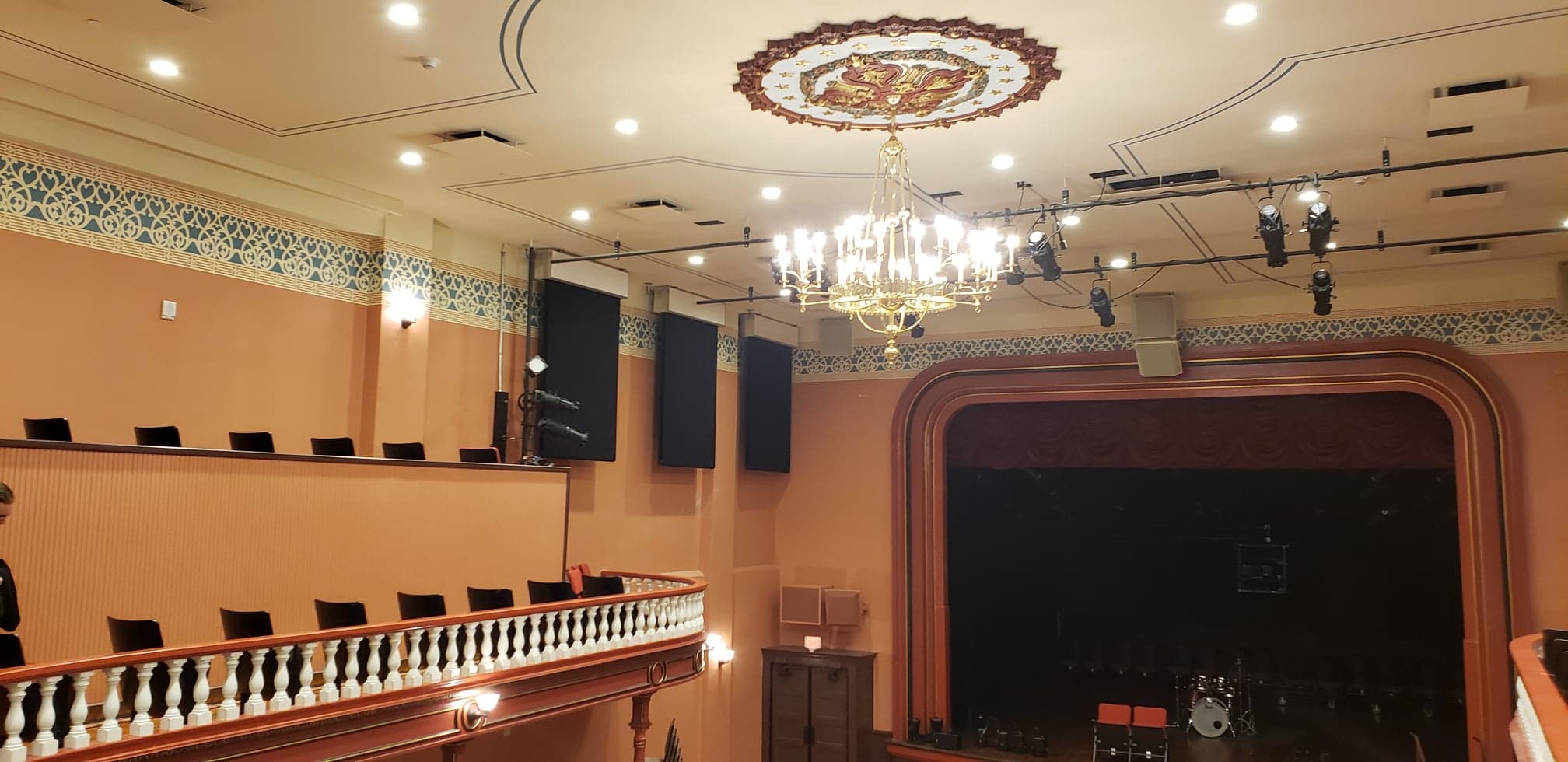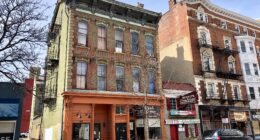This week brought glad tidings to lovers of Ohio history, particularly those who are focused on bringing buildings back to life in the state’s small to mid-sized counties.
Senate Bill 225’s impact on the Ohio Historic Preservation Tax Credit (OHPTC) will be a true shot in the arm for local projects n those locations. Among other things, this measure temporarily:
- Funds an increase in the OHPTC so that projects in counties with less than 300,000 population are eligible for a 35% credit in lieu of the regular 25%
- With that percentage increase, raises the amount available for the credit from $60 million to $120 million for SFY 2023-2024.
- The individual project cap is increased to $10 million.
- Other changes make the OHPTC easier to use with the Federal Rehabilitation Tax Credit
- Makes specific mention of funding for projects involving historic theatre buildings in Ohio
Changes to Ohio’s Opportunity Zones mean that benefits are now available to non-taxpayers, and also increases the amount available of available credits.
These changes will be publicly reviewed for the first time at Tools & Strategies to Create Vibrant Historic Neighborhoods, taking place in Urbana on June 24. The event, co-hosted by Preservation Ohio and the Champaign County Preservation Alliance, will feature speakers sharing preservation-based revitalization techniques which can be used by Ohio communities. For more information on online registration, visit this link → https://preserveohio.com/southwest-meetup/









